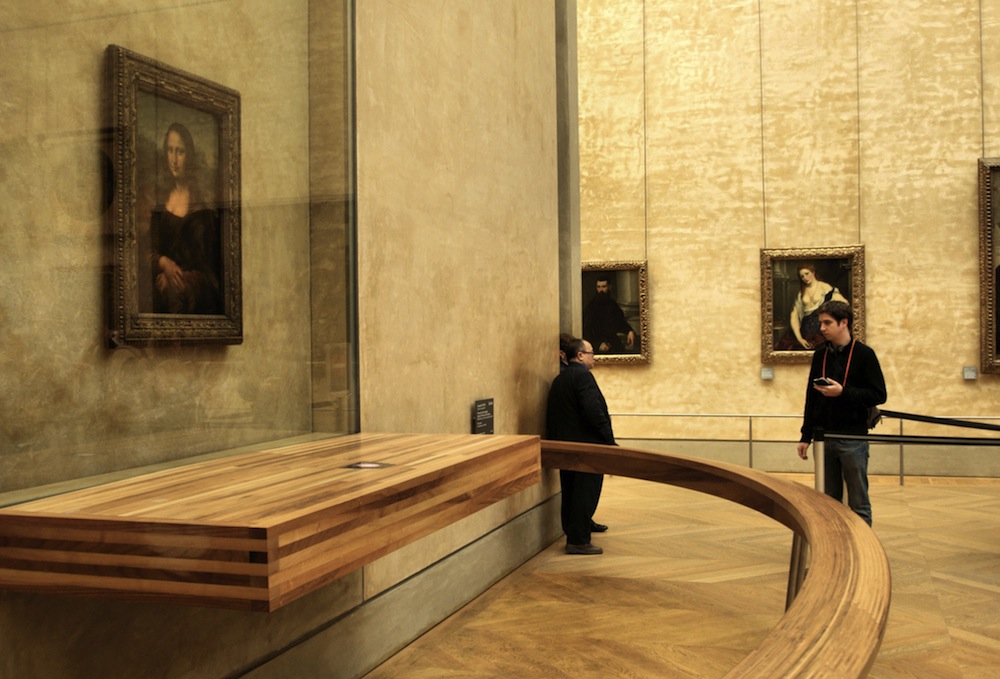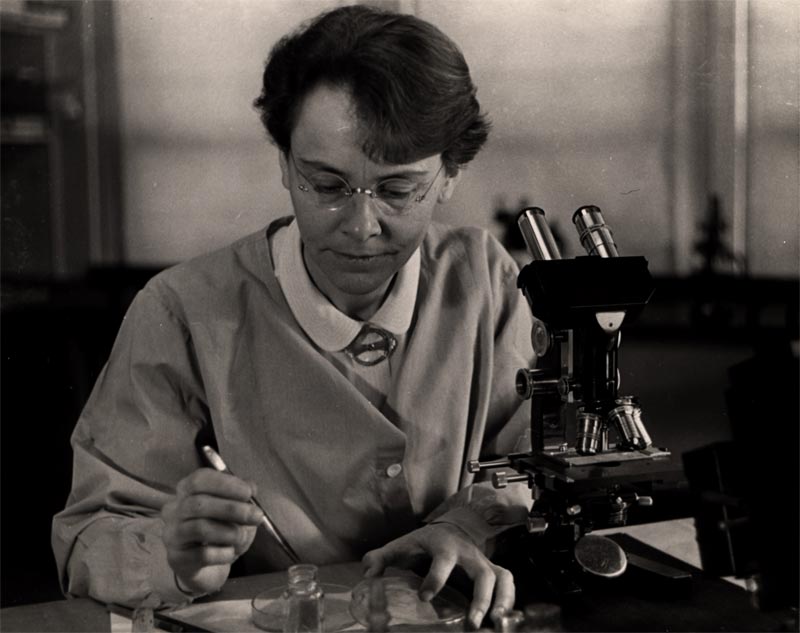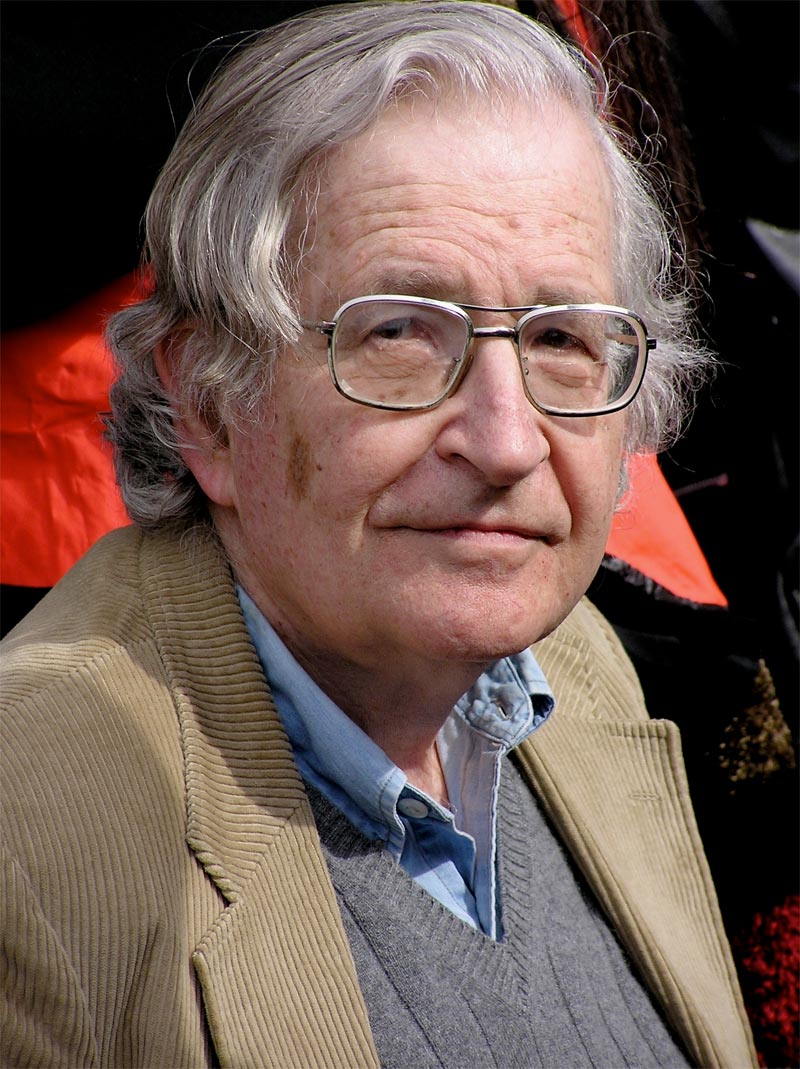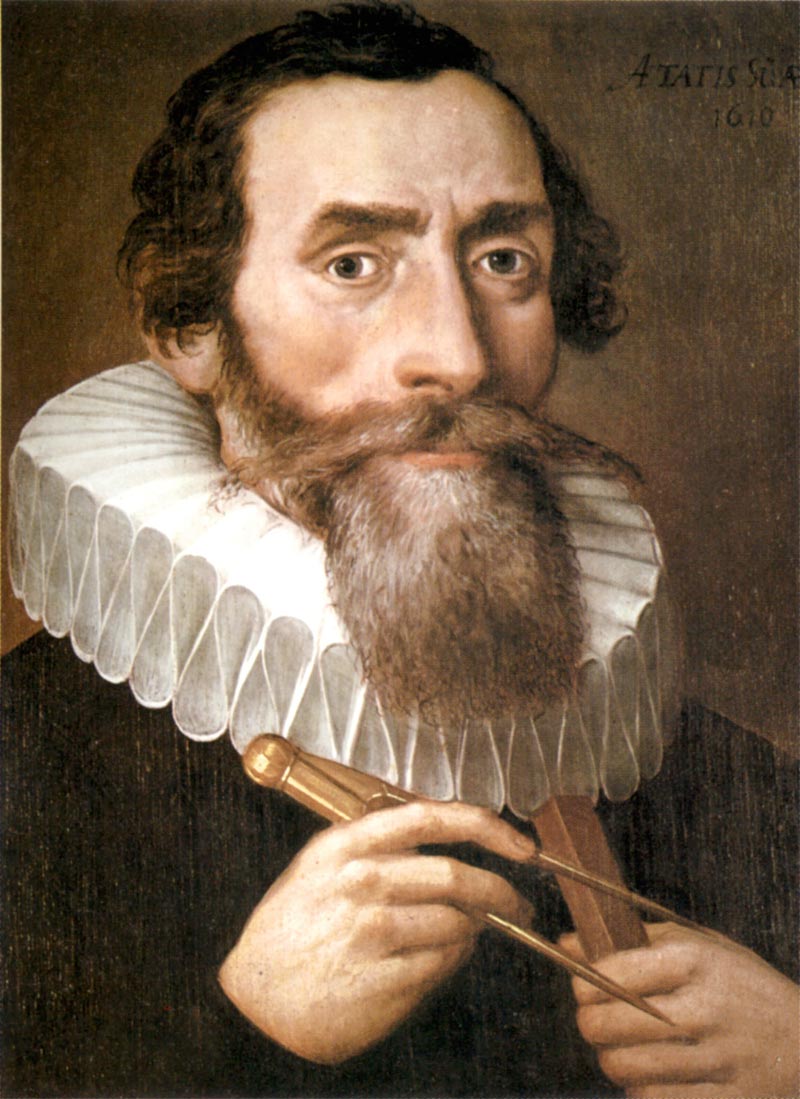Creative Genius: The World's Greatest Minds
Leonardo da Vinci

1452-1519: The archetypical "Renaissance Man," da Vinci was a gifted anatomist, architect, astronomer, engineer, inventor, painter, and sculptor. Perhaps best known for painting the "Mona Lisa," da Vinci's surviving notebooks detail flying machines, human anatomy, and the first robot in recorded history. [Da Vinci's 10 Best Ideas]
Stephen Hawking

1942-Present: Born on the 300th anniversary of Galileo's death, Stephen Hawking provided mathematical proof, assuming the general theory of relativity is correct, for the Big Bang theory that explains the origin of the universe. This implied that time would end with black holes, which lead to the unification of General Relativity and Quantum Theory. Shown above in a photo with astronaut Buzz Aldrin. [8 Shocking Things We Learned From Stephen Hawking's Book]
Galileo Galilei

1564-1642: Referred to as the "father of modern astronomy, physics and science," Galileo didn't invent the telescope, but was the first to use it well. By making improvements to existing technology, he discovered Jupiter's four largest moons, which helped him verify a sun-centered model for the solar system (which defied the Church's belief that Earth was at the center of it all). He was also the first to spot Saturn's rings. (Photo: An 1857 painting titled "Galileo facing the Roman Inquisition" shows the astronomer standing trial before the Roman Catholic Church inquisitors.)
Barbara McClintock

1902-1992: Back when genetics was still considered an agricultural science, McClintock was studying chromosomes, their genetic content and means of expression. As a founder of the cytogenetic field, she developed the technique for visualizing chromosomes and genetic recombination and received a Nobel Prize for discovering transposons, also called jumping genes, which affect gene expression.
Avram Noam Chomsky

1928-Present: Best known as the "most cited living scholar" and a controversial left-wing political activist, Chomsky pioneered the theory of transformational grammar which revolutionized the field of theoretical linguistics. He also challenged longstanding behaviorist views of psychology, igniting the cognitive revolution.
Nikola Tesla

1856-1943: Nikola Tesla ushered in the age of electrical power and is regarded as one of the greatest scientists in the history of technology. He developed the induction motor, the fluorescent lightbulb and created alternating current, which he proved safe by passing it through his body. Other experiments were less successful, such as attempting to fly off his roof clutching an umbrella.
Henrietta Swan Leavitt

1868-1921: As one of the "woman computers" working at Harvard College Observatory, Leavitt cataloged more than 1,500 variable stars in the Magellanic Clouds. She noticed that the brighter stars took longer to vary, and used this observation to develop a method to measure the distance to any object in the universe.
Get the world’s most fascinating discoveries delivered straight to your inbox.
Johannes Kepler

1571-1630: A talented mathematician, astrologer, and astronomer, Kepler was a key figure in the Scientific Revolution of the 17th century. He established Kepler's Laws of Planetary Motion, determined Christ's birth year, described refraction in the human eye and improved the telescope.
Steve Jobs

Steve Jobs, co-founder of Apple, changed the way people used computers, starting with the Apple II and continuing through today's iPhones. Jobs wasn't always successful — he was forced out of the company he created in 1985 — but he returned to Apple in 1996 and turned the company into a successful purveyor of handheld gadgets like the iPod, iPhone and iPad. Jobs was known for his sometimes-prickly persona and a skill at salesmanship that inspired deeply personal connections between Apple customers and their products. [10 Most Memorable Steve Jobs CEO Moments]



